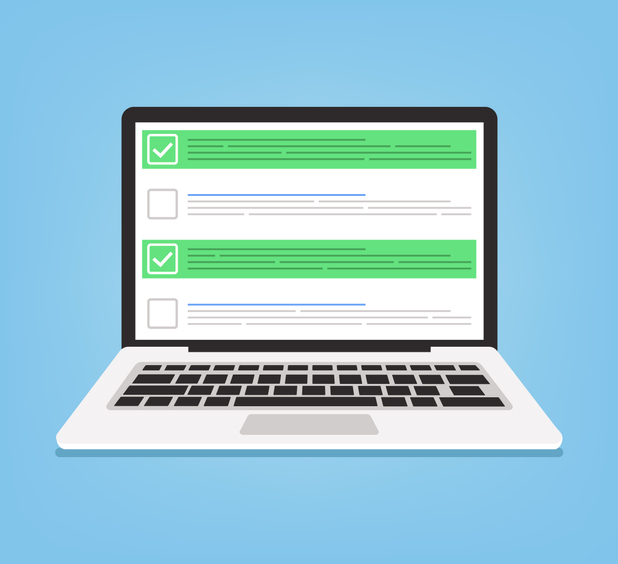How to protect critical applications with a SaaS Escrow Agreement
What is a Software as a Service (SaaS) model? And what are the benefits of a SaaS Escrow Agreement? Adam Boland of SES explains the steps you can take to protect your business critical applications delivered through a SaaS model.

What is a Software as a Service (SaaS) model?
Software as a Service (SaaS) applications involve a developer creating applications which are delivered using hosting partners such as Amazon Web Services, Google Cloud or Microsoft Azure. They differ from their ‘on-premise’ counterparts as the end user does not have to install them on their site. Therefore, they do not require significant investments in infrastructure to deploy.
SaaS applications are often delivered through a subscription model which incorporates all future updates and upgrades to the service, as opposed to on-premise applications where the user pays a one-off fee for the application then additional fees for major updates or new versions.
Why would I need to protect my SaaS applications?
Using SaaS applications is becoming an increasingly popular way for end users to access business critical applications as the lack of physical infrastructure saves time and cost and makes them far more flexible and accessible.
However, with on-premise applications the data is held at your site and you have full control over the backup process, ensuring that in the event of a release you have a full copy of your data. In the event of developer failure, the impact is much less immediate.
With SaaS applications, the developer outsources the data storage to a third party, so essential the most up to date version of your data is stored alongside source code and data in escrow, ensuring your application can be redeployed accurately. However, there is often an immediate loss of service as a result of developer failure.
How do SaaS Escrow Agreements work?
To mitigate the sudden withdrawal of service created by developer failure for organisations using hosted applications, you can use a SaaS Escrow Agreement.
Under the terms of a SaaS Escrow Agreement, an independent Software Escrow agent is authorised to take a copy of the source code and runtime files for your application, along with regular deposits of data (preferably as often as the data changes to maximise redeployment) which are stored securely in Escrow.
In the event of supplier failure, all material required for the successful redeployment of your application can then be assessed through the Escrow agreement, guarding against service disruption and providing continuity of service.
Alongside providing standard Software Escrow Agreements, a Software Escrow agent can replicate your SaaS application on their own hosting service, ensuring that in the event of a release, a working version of your application can be redeployed. This is invaluable in giving you the time to make alternative arrangements – whether that’s bringing the application in house or transitioning to a replacement.
What are the benefits of a SaaS Escrow Agreement?
For any organisation, the cost, time, disruption, security and effort involved with procuring a new application can be substantial, and the impact of downtime can be catastrophic. A SaaS Escrow solution reduces these risks and removes the need for you to replace a failed system, allowing you to continue without disruption.
About the author
Adam Boland is an Account Director at SES and has 18 years’ experience protecting businesses continuity with Software Escrow protection. SES protect over 2,500 Software Developers, IP Owners, Distributors and End Users in over 40 countries across the world.
See also
An introduction to Software Escrow
Ensuring business-critical applications function during the Coronavirus (COVID-19) lockdown
Image: Getty Images
Publication date: 9 February 2021
Any opinion expressed in this article is that of the author and the author alone, and does not necessarily represent that of The Gazette.
